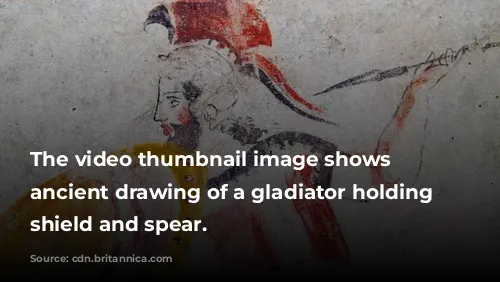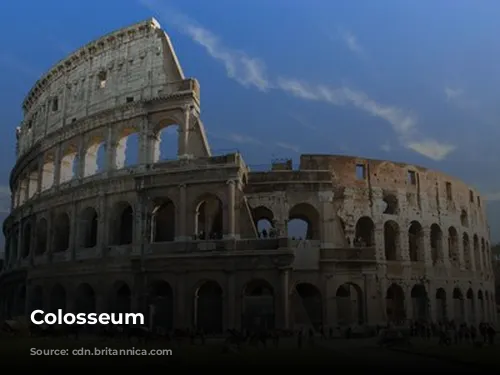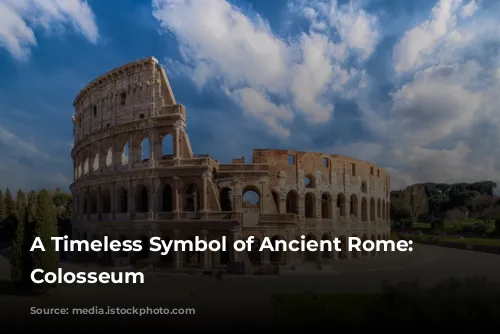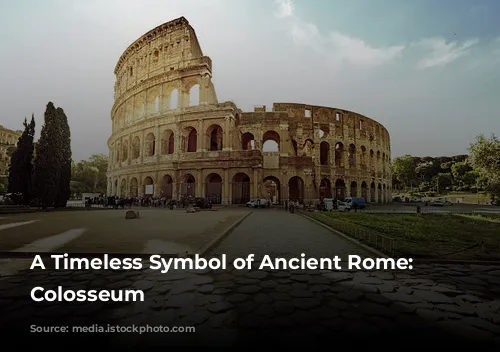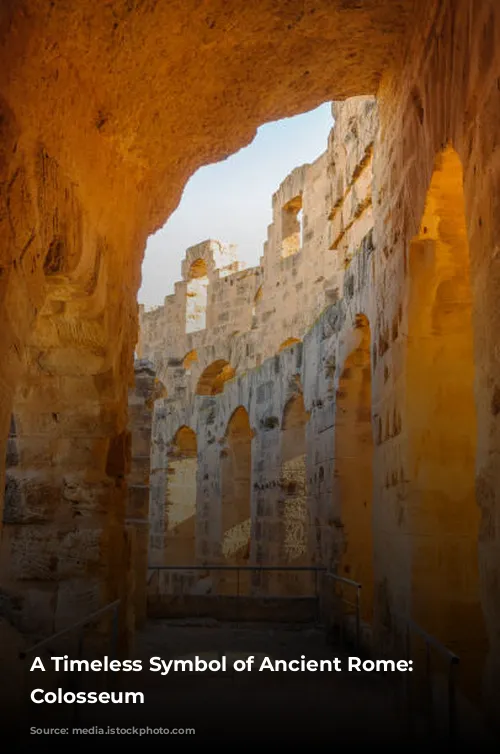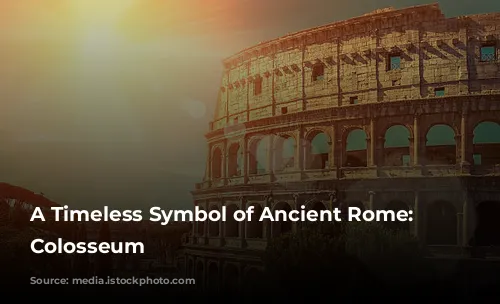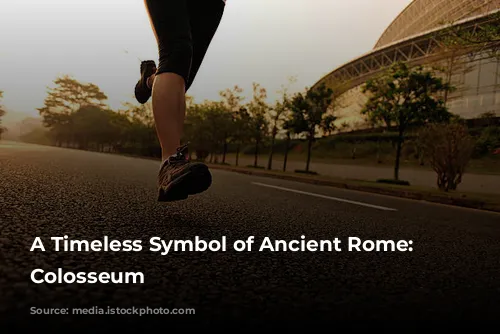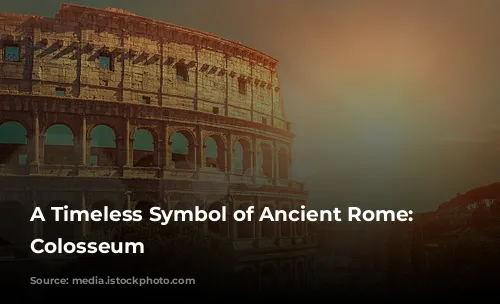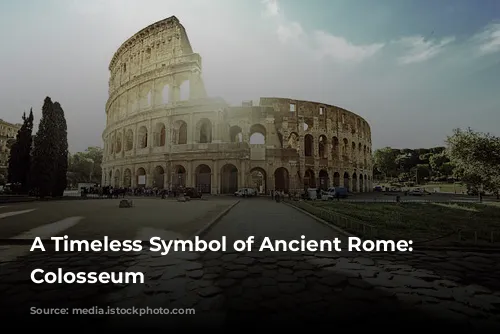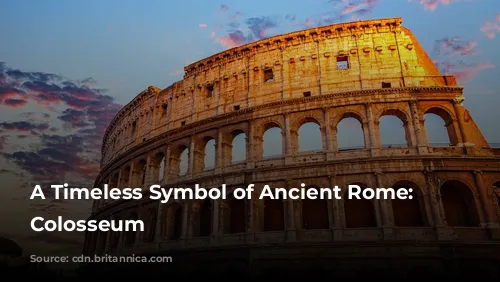The Colosseum, a remarkable monument that stands as a testament to the architectural brilliance of ancient Rome, continues to captivate visitors from around the world. It’s not just a majestic structure, but a significant source of revenue for Italy. In 2018, the Colosseum, along with the Roman Forum and Palatine Hill, generated a staggering $63.3 million (€53.8 million), making it the most lucrative tourist destination in Italy.
A History of Transformation: From Arena to Fortress
The Colosseum, though a symbol of grandeur, has faced its share of challenges over the centuries. Following the fall of the Western Roman Empire, the once-glorious arena fell into disrepair. During the 12th century, the Frangipane and Annibaldi families claimed the Colosseum as their fortress, repurposing it for their own purposes. In the late 15th century, Pope Alexander VI permitted the Colosseum to be used as a quarry. It was only in the 1990s, after centuries of neglect, that the Italian government initiated significant restoration efforts, funded by the state.
A Monument to Imperial Power: The Colosseum’s Origins
The Colosseum was constructed during a pivotal period in Roman history, a time of imperial revival. After the tumultuous year of the four emperors in 69 CE, Emperor Vespasian sought to revitalize Rome. The Colosseum, like other amphitheatres built during this period, was designed to be an entertainment venue, a place to host thrilling gladiatorial battles, exciting animal hunts, and even elaborate mock naval battles.
The construction of the Colosseum began under Vespasian between 70 and 72 CE, with its completion and dedication in 80 CE by his son and successor, Titus. Emperor Domitian later added the fourth story in 82 CE. It’s worth noting that the funds for building the Colosseum came from the plunder of Jerusalem, captured by Titus in 70 CE. The labor force was composed of enslaved Jews from Judea.
A Masterpiece of Engineering: The Colosseum’s Construction
The Colosseum, also known as the Flavian Amphitheatre, stands as a monument to Roman engineering skill. This elliptical structure, constructed of stone, concrete, and tuff, rises four stories high, covering a colossal area of 620 by 513 feet (189 by 156 meters). It was capable of accommodating as many as 50,000 spectators. The Colosseum is renowned for its use in gladiatorial combat.
The Colosseum’s location east of the Palatine Hill, on the grounds of Nero’s Golden House, was a symbolic choice. Vespasian, who rose from humble beginnings to the throne, decided to replace Nero’s extravagant private lake with a public amphitheater. This act symbolized a shift from a tyrannical emperor’s private pleasure to a public spectacle for the people.
The Colosseum’s construction involved innovative techniques. Unlike earlier amphitheatres, which were built into hillsides for extra support, the Colosseum is a freestanding structure. It utilizes a complex system of barrel vaults and groin vaults, with three of its stories adorned with arcades framed by columns in the Doric, Ionic, and Corinthian orders. This unique architectural design influenced the Renaissance codification of the assemblage of orders.
A Spectacular Venue: The Colosseum’s Uses
The Colosseum was designed for spectacle, with seating for 50,000 spectators, who were shielded from the sun by a massive retractable awning called a velarium. The velarium, supported by masts extending from corbels built into the Colosseum’s top story, required a team of Roman sailors to manipulate its rigging. The Colosseum hosted a vast array of events, from gladiator battles to animal hunts to mock naval battles. Although often associated with the persecution of early Christians, there is no definitive evidence to support this claim.
A Survivor of Time: The Colosseum’s Legacy
The Colosseum has witnessed centuries of history, from its glory days as a grand amphitheater to its use as a fortress and a quarry. Over the years, it has sustained damage from lightning, earthquakes, vandalism, and pollution. The Colosseum’s marble seats and decorative materials were plundered, and for over a thousand years, it was treated as a source of building materials. Thankfully, preservation efforts began in the 19th century, with notable contributions from Pope Pius VIII. In the 1990s, a major restoration project was undertaken.
Today, the Colosseum remains one of Rome’s most prominent tourist attractions, welcoming close to seven million visitors annually. It continues to be a center for exhibitions that explore the culture of ancient Rome, reminding us of its glorious past and enduring legacy. The Colosseum stands as a powerful testament to the ingenuity of the Romans and their enduring influence on the world.
